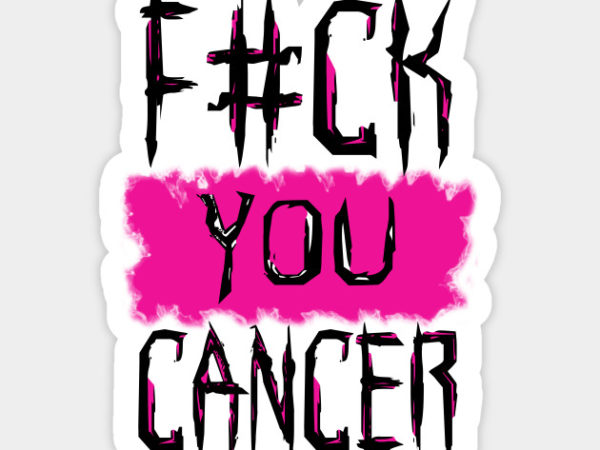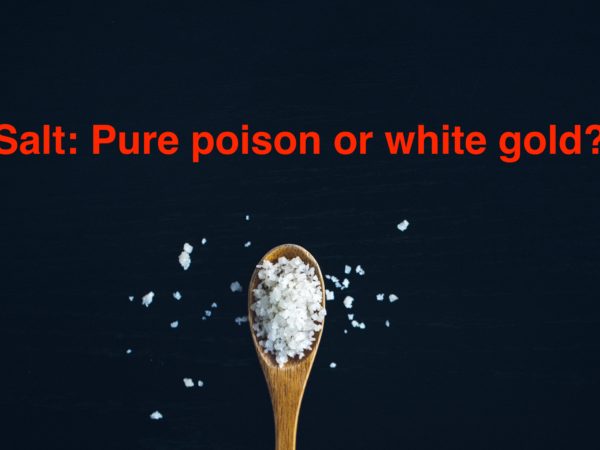
Face masks have become an emblem in the fight against the coronavirus, with officials in the United States and elsewhere recommending — and in some cases requiring — that people wear them to help slow the spread of the deadly outbreak.
Figuring out what to wear is not so easy. N95 and medical masks, which offer the most protection and are heavily in demand, should be reserved for health care workers who are regularly exposed to infected patients.
Here’s a look at some of the types of masks you might encounter, how they work, what to consider when making your own and the level of protection they could provide.
N95(similar to FFP2/3)
N95The N95 is the most recognizable and effective mask. Its name means it can block at least 95 percent of tiny particles — 0.3 microns — that are the hardest to capture. An average human hair is about 70 to 100 microns wide.
These masks, which are designed for single use, are made with polyester and other synthetic fibers, including layers of tangled fibers that act as a filter to make it harder for particles to pass through.
Make sure there are no gaps between the edge of the mask and your skin. This one includes a nose piece that is molded to your face. Many health care and other workers do annual fit tests that check for air leakage and ensure that masks are sized and fit properly. (If you have facial hair, you won’t get a proper fit. They don’t fit well on children, either.)
Medical Masks
Medical masks come in a few varieties and are less effective than N95s: Some filter as much as 60 to 80 percent of small particles under lab conditions. When worn properly, they can help prevent the spread of the coronavirus by catching droplets when you cough or sneeze.
Medical masks are often made out of layers of breathable, paperlike synthetic fabric that is cut into a rectangular shape and has pleats to help it expand and fit more snugly around your face. They are disposable and designed to be used just once.
While they can protect you from large droplets and splatter, their looser fit is partly what makes them less effective than N95s.
Homemade
With medical masks in short supply, many have turned to making or buying homemade ones. Depending on the fabric and how it’s made, a homemade mask can sometimes protect the way a simple medical version does. And any face covering is better than nothing.
A good homemade mask uses a material that is dense enough to capture viral particles, but breathable enough that you can tolerate it. This one is made of cotton fabric.
You can also use materials like a heavy cotton t-shirt, flannel or a tightly woven dish towel. Material with a higher thread count — which allows very little light to filter through — will likely offer the best protection.
Various patterns for making a cotton mask have spread around the internet. Look for one that has at least two layers of material, comes up over your nose and below your chin and has secure straps.
Homemade with filters
This is another homemade mask, made from 100-percent cotton t-shirts, with a pocket sewn in to hold an additional filter.
We used a coffee filter in this mask. Paper towels have also been tested. One experiment found that two layers of paper towels on their own blocked between 23 and 33 percent of 0.3-micron particles.
People have been experimenting with filtering materials, including air filters and vacuum bags. They can be effective but can present risks. Many are not breathable and may contain harmful fibers that you could inhale. Also, the average person doesn’t need the level of filtration that these materials provide.
Whatever filter you use, make sure there is a layer of cotton or a similar material on either side of the filter, like the pocket in this mask.
A mask is effective only if worn properly, fitting snugly from the top of the nose to below the chin with no gaps. Masks should be worn the entire time you are outside, and should not be moved up and down. While no mask is 100 percent effective, it can help keep both you and others safe when combined with social distancing and regular hand washing.
(References: Partly from NYT)







